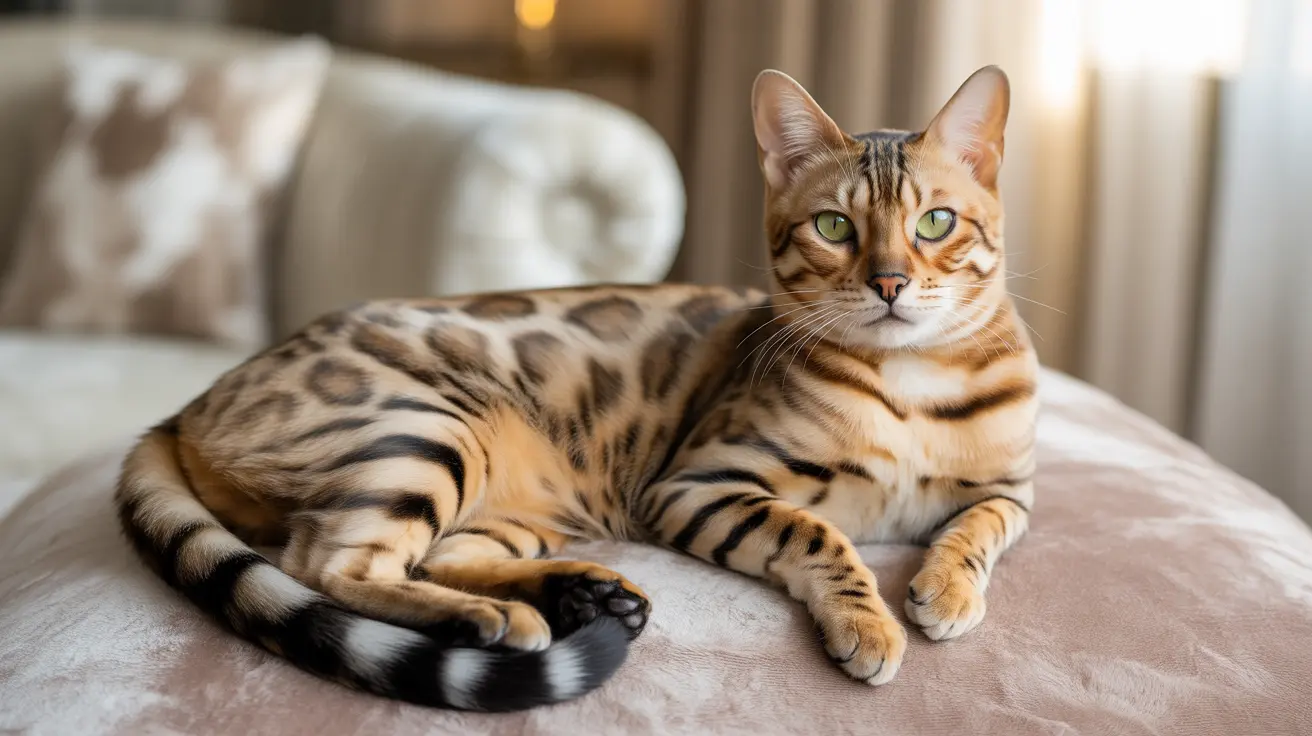If you're a cat owner worried about catching pink eye from your feline friend, you're not alone. Many pet parents wonder about the risks of transmission, especially when their cats sleep on their pillows or show symptoms of conjunctivitis. Let's explore what medical science tells us about the real risks of catching pink eye from cats and how to protect yourself.
Understanding the facts about feline pink eye transmission can help you make informed decisions about your health while caring for your pet. While the concern is valid, the good news is that the risk is much lower than you might think.
Understanding Feline Pink Eye and Human Risk
Most cases of pink eye in cats are caused by viruses specific to felines, particularly the feline herpesvirus (FHV-1) and calicivirus. These viruses cannot infect humans, making transmission impossible. However, there are rare instances where bacterial pink eye, especially those caused by Chlamydia felis, could potentially spread to humans.
The key point to remember is that documented cases of human infection from cats are extremely rare, with only a handful of cases reported in medical literature. These cases typically involved direct, prolonged contact with infected cats' eye secretions.
The Truth About Cats, Pillows, and Pink Eye Transmission
Many people worry specifically about catching pink eye from a cat sitting on their pillow. The reality is that this scenario poses minimal risk. The bacteria responsible for the rare cases of cat-to-human transmission (Chlamydia felis) doesn't survive well outside its host, making environmental transmission highly unlikely.
Even if your cat has pink eye and regularly sleeps on your pillow, the risk of transmission through this indirect contact is exceptionally low. However, maintaining good hygiene practices, such as regularly washing bedding, can further reduce any potential risk.
Identifying Pink Eye Symptoms in Cats
Being able to recognize when your cat has pink eye is crucial for proper care and prevention. Common symptoms include:
- Redness and swelling around the eyes
- Watery, mucous, or pus-like discharge
- Frequent squinting or blinking
- Pawing at the eyes
- Swollen third eyelid
- Accompanying upper respiratory symptoms
Prevention and Safety Measures
While the risk of transmission is low, following these preventive measures can help protect both you and your cat:
- Wash hands thoroughly after handling cats with eye infections
- Keep your cat's living area clean and sanitized
- Regularly wash bedding, especially during illness
- Seek veterinary care promptly if your cat shows symptoms
- Avoid touching your eyes after handling an infected cat
Special Considerations for High-Risk Individuals
While healthy individuals have little to worry about, people with compromised immune systems should take extra precautions. This includes those with HIV/AIDS, those undergoing chemotherapy, or those taking immunosuppressive medications. These individuals should consult their healthcare provider about specific preventive measures.
Frequently Asked Questions
Can you get pink eye from a cat sitting on your pillow?
While technically possible, it's extremely unlikely. The bacteria that could cause transmission doesn't survive well outside the cat's body, and casual contact through shared surfaces poses minimal risk.
How likely is it to catch conjunctivitis from a cat's eye infection?
The likelihood is very low. Most cat pink eye cases are caused by feline-specific viruses that can't infect humans. Bacterial transmission is possible but rare, with only a handful of documented cases worldwide.
What are the signs that my cat has pink eye and could it infect me?
Signs include eye redness, discharge, squinting, and swelling. While these symptoms indicate your cat needs veterinary care, the risk of human infection remains very low with proper hygiene.
How can I prevent getting pink eye when my cat has conjunctivitis?
Practice good hygiene by washing hands after handling your cat, avoid touching your eyes, and regularly clean bedding. These simple steps dramatically reduce any potential risk.
Should immunocompromised people be more cautious around cats with pink eye?
Yes, individuals with weakened immune systems should take extra precautions and consult their healthcare provider about specific preventive measures when caring for a cat with pink eye.
Conclusion
While it's natural to be concerned about catching pink eye from your cat, the scientific evidence shows that the risk is minimal, especially with proper hygiene practices. Focus on getting your cat appropriate veterinary care when needed, maintain good cleaning habits, and enjoy your feline companion without undue worry about pink eye transmission.






